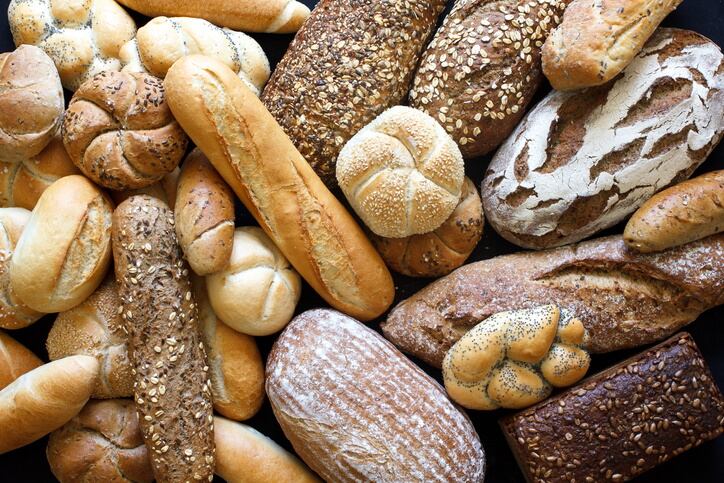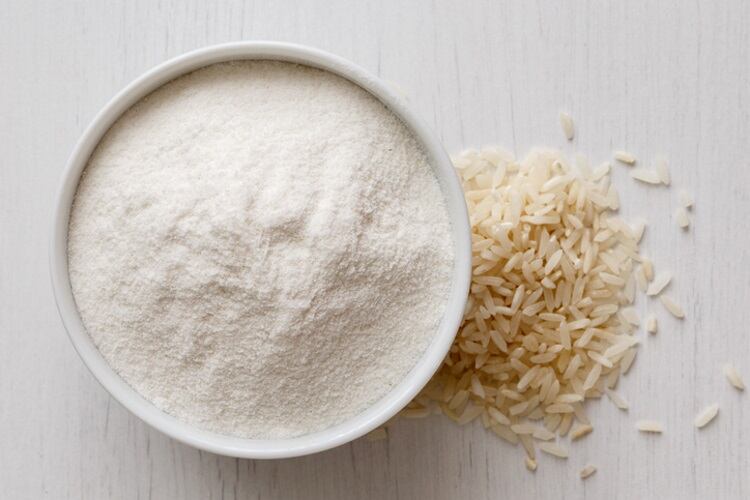Type 2 diabetes is one of the fastest growing chronic diseases, both in Finland and globally. Healthy nutrition and weight management are important preventative tools.
The study, from researchers at the University of Eastern Finland and the Finnish Institute for Health and Welfare, noted the association of daily consumption of whole grain foods with a lower risk of diabetes has been demonstrated in ‘numerous’ studies.
“According to nutrition recommendations, at least 3–6 servings of whole grain foods should be eaten daily, depending on an individual’s energy requirement. One third of Finns do not eat even one dose of whole grains on a daily basis, and two thirds have a too low fibre intake,” Research Manager Jaana Lindström from the Finnish Institute for Health and Welfare says.
The research, which has been published in journal Nutrients, utilised findings from previous works, including national follow-up studies such as the FinHealth Study, to assess the health and economic effects of increased wholegrain consumption and the prevention of type 2 diabetes.
“By combining population-level data on the incidence of type 2 diabetes and the costs of its treatment, as well as published evidence on the effects of how consumption of whole grain foods reduces the incidence of type 2 diabetes, we were able to assess the potential health and economic benefits from both social and individual viewpoints,” explained Professor Janne Martikainen from the University of Eastern Finland.
“Our study shows that already one serving of full grains as part of the daily diet reduces the incidence of type 2 diabetes at the population level and, consequently, the direct diabetes-related costs, when compared to people who do not eat whole grain foods on a daily basis,” Professor Martikainen continued.
And all this adds up in terms of healthcare expenditure. “Over the next ten years, society's potential to achieve cost savings would be from 300 million (-3.3%) to almost one billion (-12.2%) euros in current value, depending on the presumed proportion of whole grain foods in the daily diet. On the level of individuals, this means more healthier years.”
Source
Type 2 Diabetes-Related Health Economic Impact Associated with Increased Whole Grains Consumption among Adults in Finland
Nutrients
DOI: 10.3390/nu13103583
Authors: Janne Martikainen, Jaana Lindström, et al.




